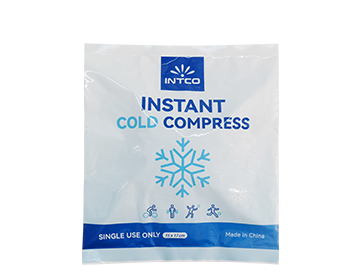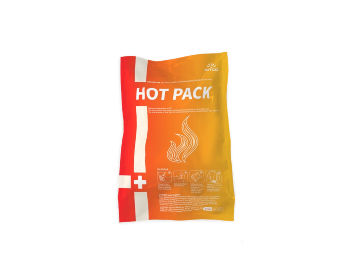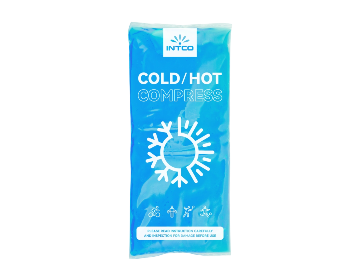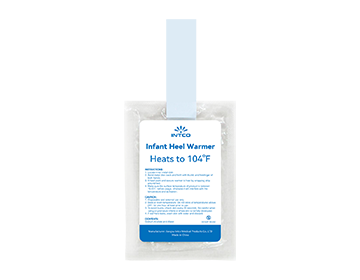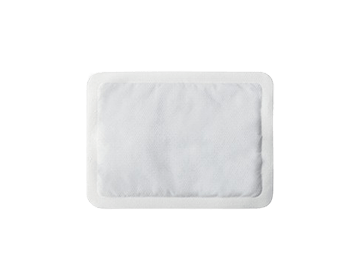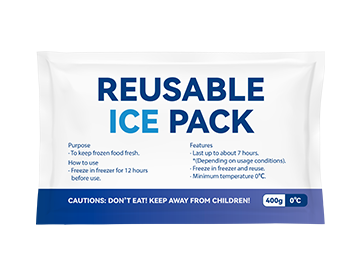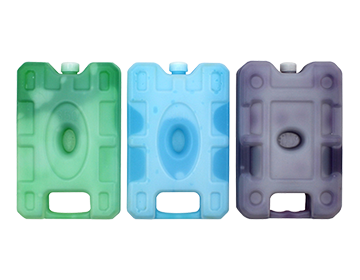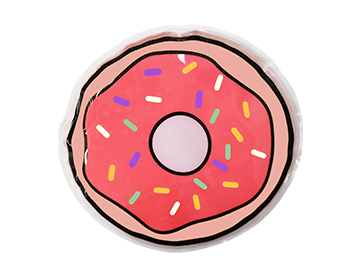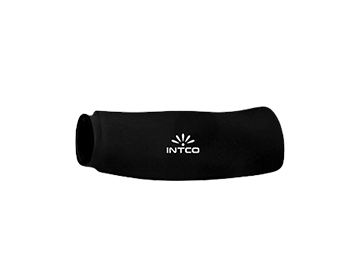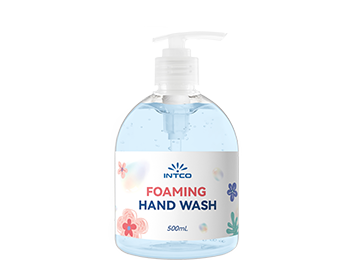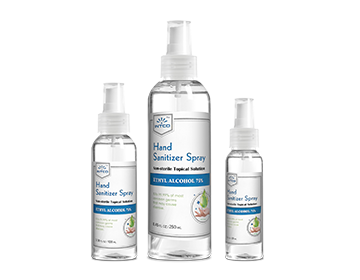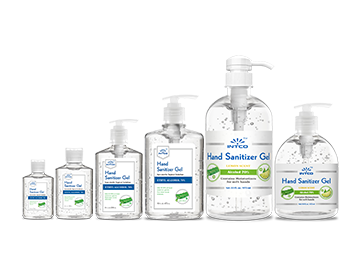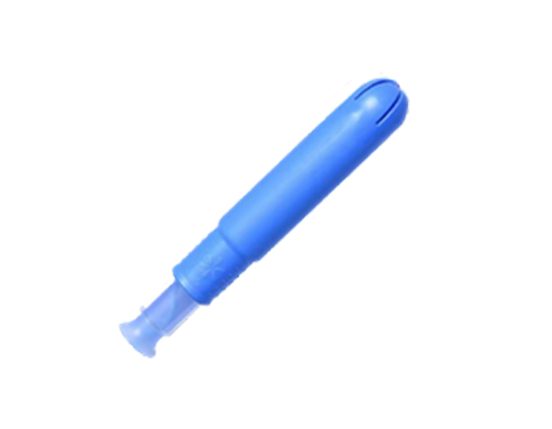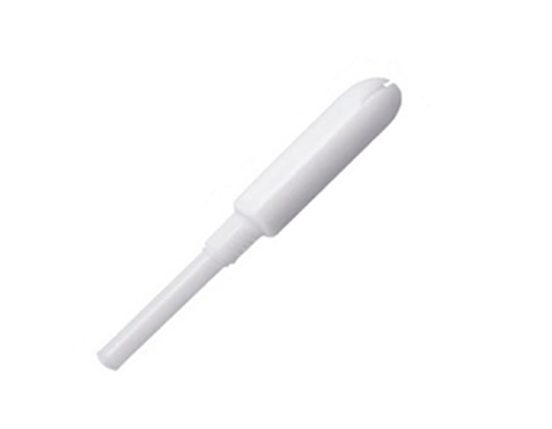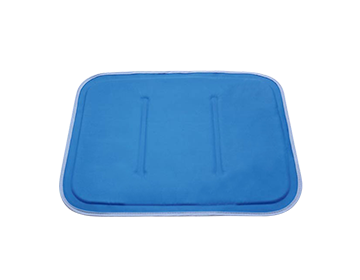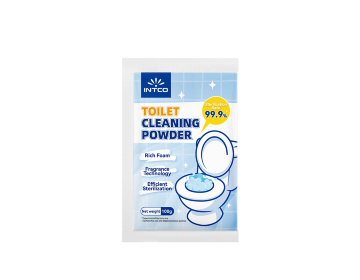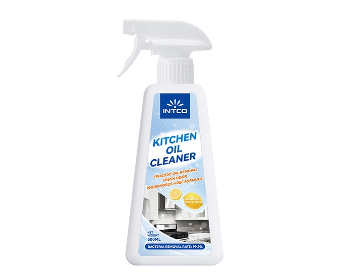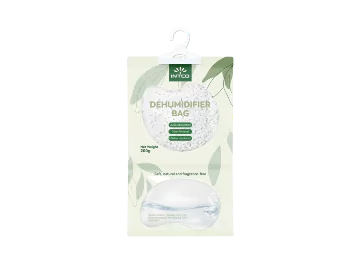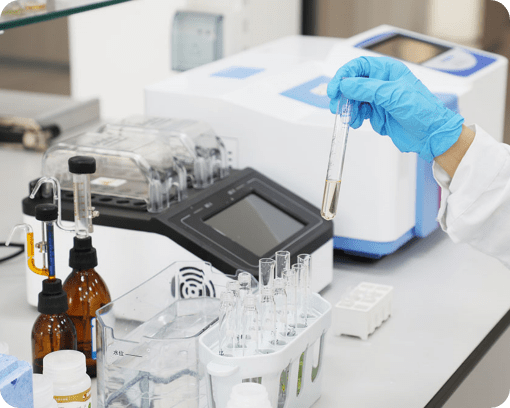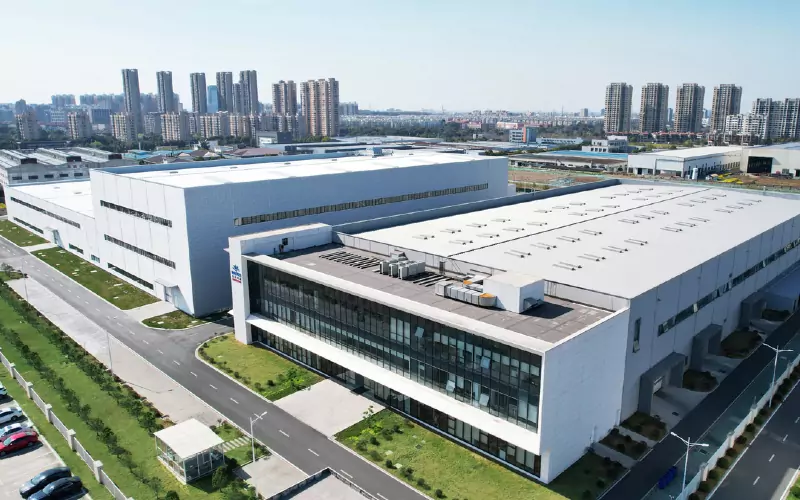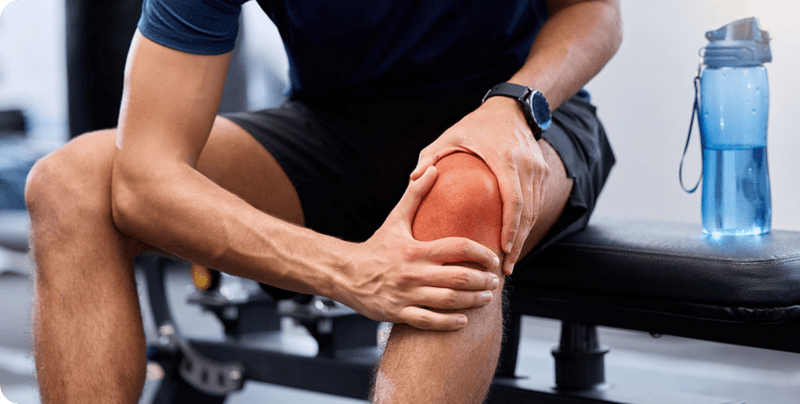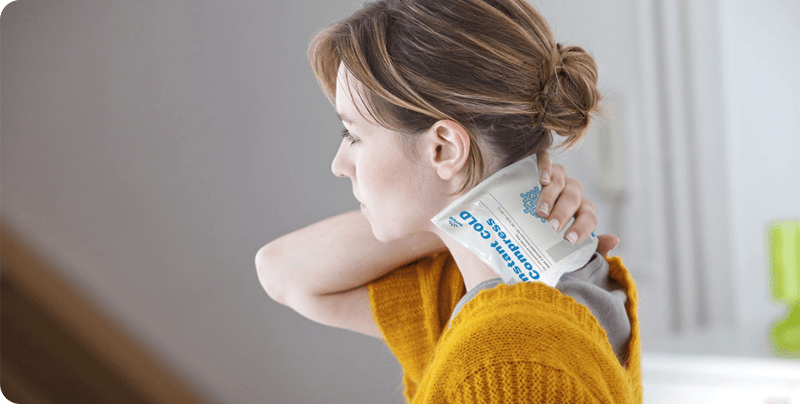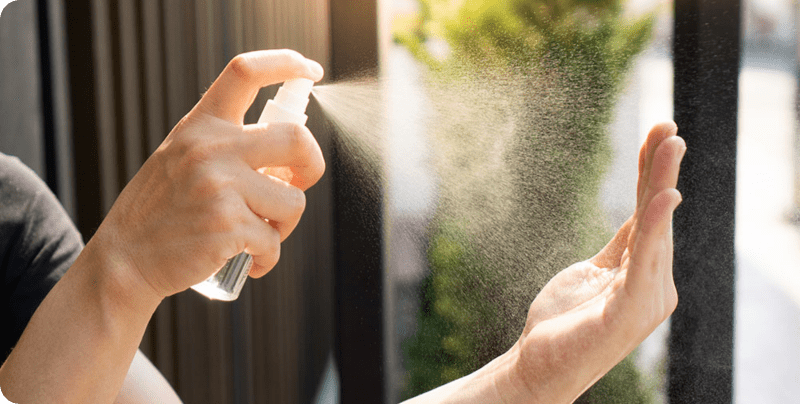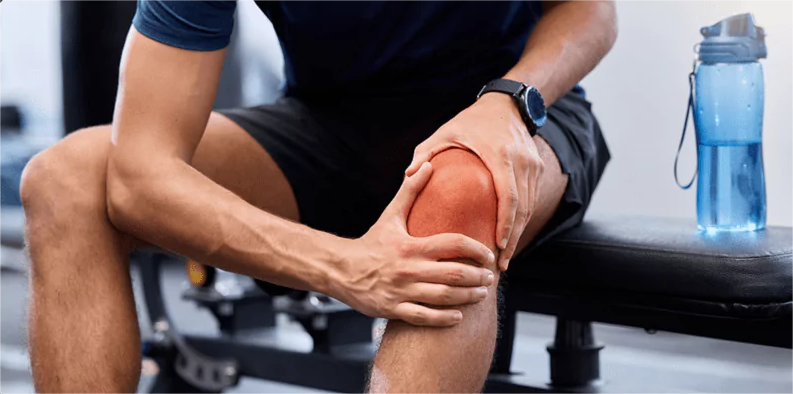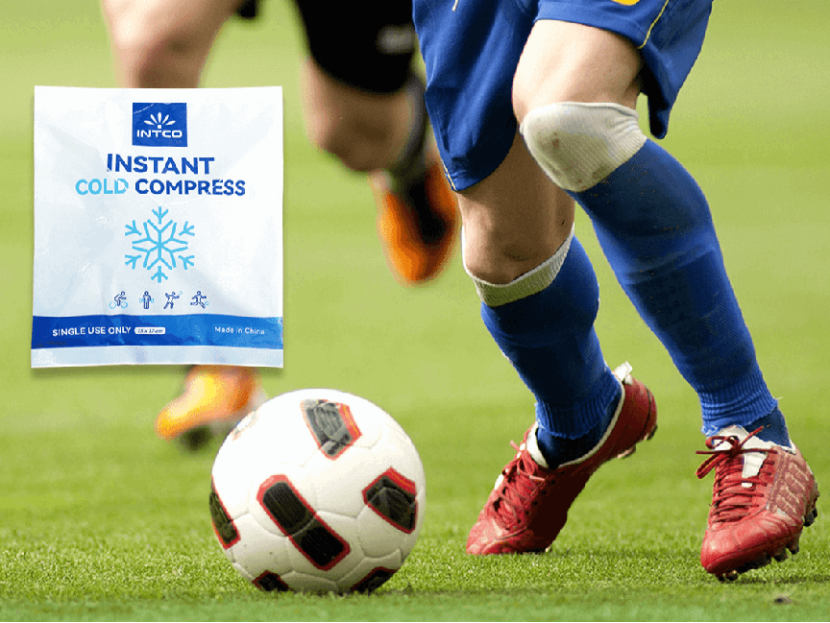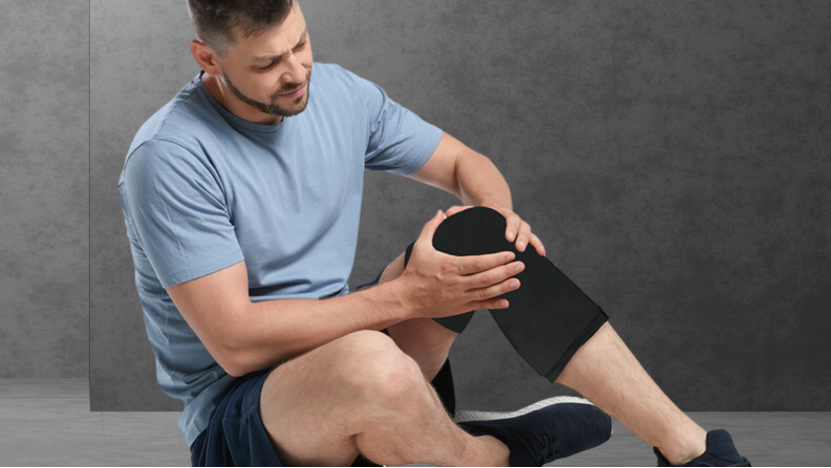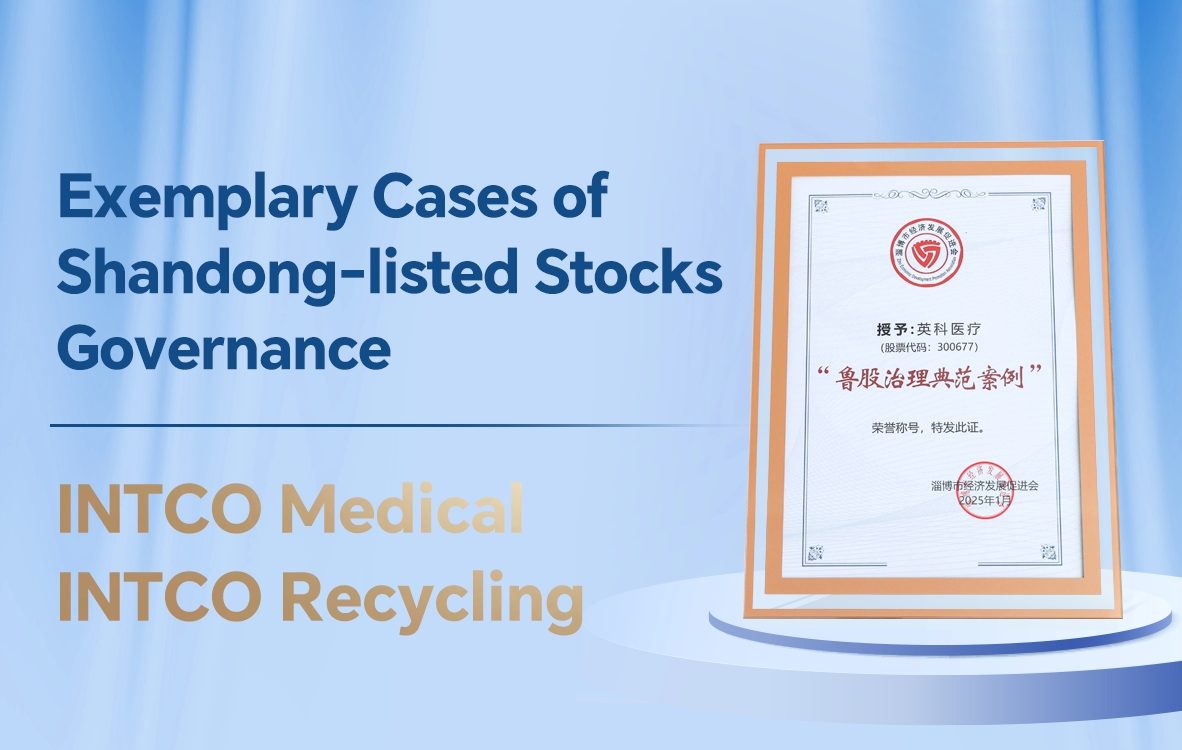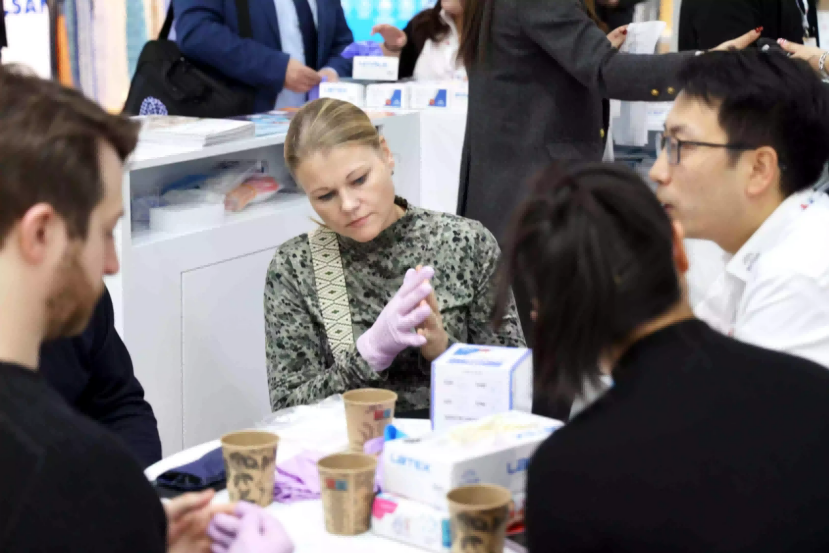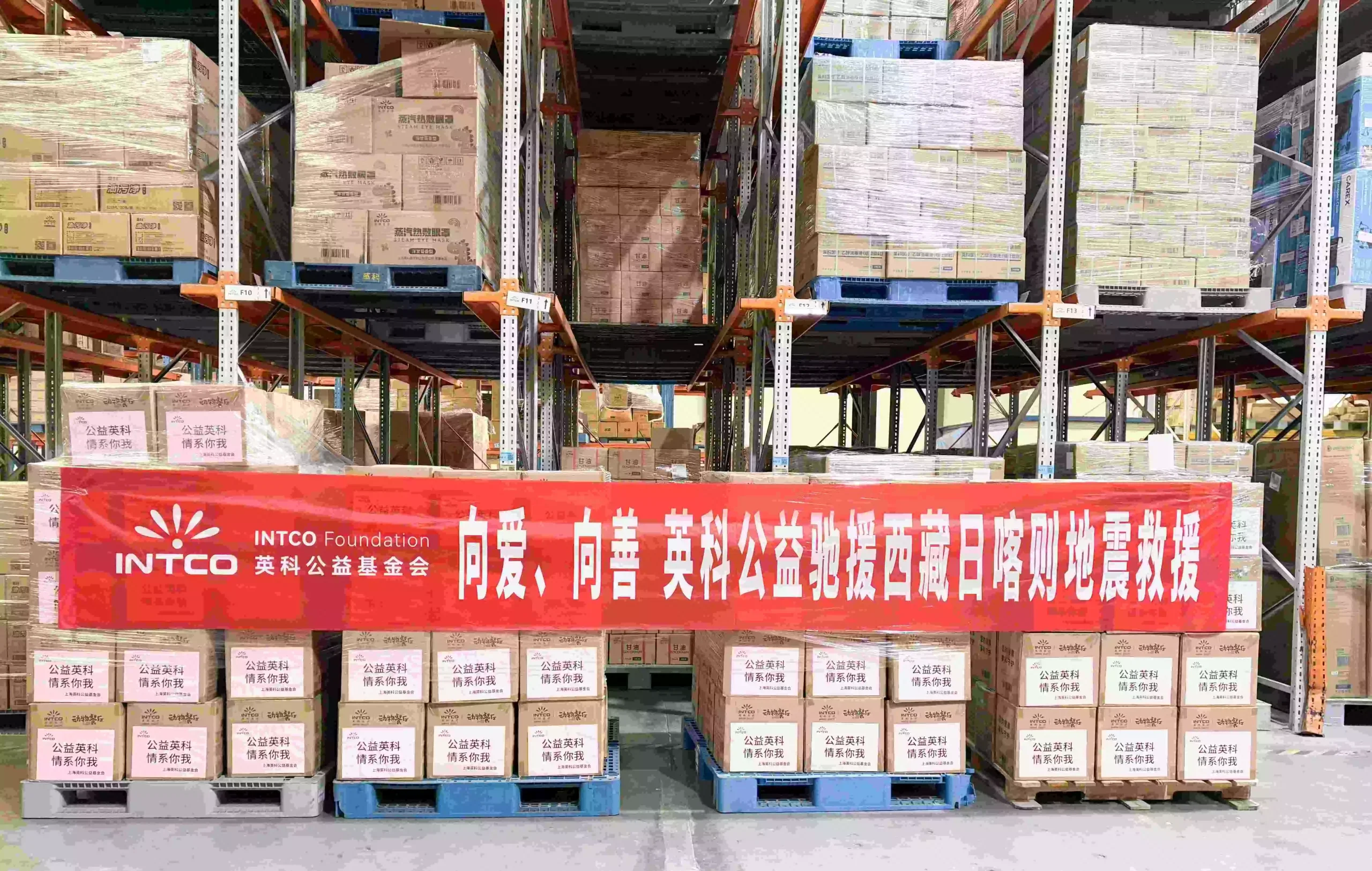Cold Therapy: How It Aids Your Recovery of the Knee
Your knees are part of an essential body’s weight-bearing joint that enable one to maintain upright and be able to run or walk. Due to heavy demands always imposed on the joints daily, the joint structure is powerful, resilient, and robust, though not indestructible.
Knee injuries are common to anyone, be it young or old, active or sedentary. Whether the result of sporting activities, a fall, or simply wear and tear with the process of aging, pain in the knees makes it very challenging to live through a normal day since mobility becomes extremely restricted.
While advanced treatments exist, many times the most basic forms of treatment prove to be some of the best, such as cold therapy, also known as cryotherapy. Cold therapy post-surgery can be particularly useful, especially after knee replacement. Knee replacement surgery, though life-changing, does require a time of rehabilitation to return to full strength and functionality, and cold therapy may play an important part in augmenting this process.
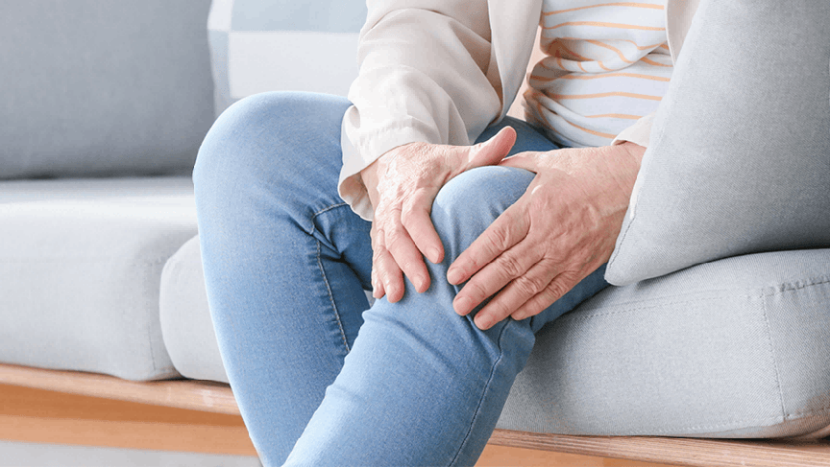
Cold Therapy Research
Cold therapy has been studied in a multitude of knee injury types with positive results. One of these studies published in the British Journal of Sports Medicine concluded that cold therapy combined with compression and elevation were effective in alleviating pain and swelling following an acute ankle sprain. One of these studies was published in the American Journal of Sports Medicine, which tested a version of cold continuous therapy device which was useful in pain and swelling reduction following total knee replacement surgery.
How Cold Therapy Works
Cold therapy works because it can affect physiological processes at the site of injury. The cold temperatures applied to the injured knee start off a chain reaction that is helpful in pain relief, reduction of swelling, and quick healing.
Vasoconstriction: Application of cold to the skin reduces the diameter of the blood vessels in underlying tissues. This vasoconstriction diminishes blood flow to the injured area, therefore limiting the delivery of inflammatory mediators and the amount of fluid that leaks into the tissues, which minimizes swelling and inflammation.
Reduced Nerve Conduction Velocity: Cold temperature acts upon the nerves surrounding the area of injury. Cold therapy reduces the velocity of nerve conduction; hence, the transmission of pain signals to the brain is reduced, thus producing a numbing effect and relief of pain.
Reduced Metabolic Activity: The cold temperature reduces the metabolic activity of the cells in the injured area, lowering the energy demands of the tissues. This, in turn, can minimize secondary tissue damage that may occur due to acute inflammation and cellular stress.
Benefits of Cold Therapy for Recovery of the Knee
The physiological effects of cold therapy translate into a number of benefits that can considerably help in knee recovery:
Reduced Swelling and Inflammation: While inflammation in itself, to a certain extent, is a normal healthy response to injury, excessive inflammation may impede the process of healing by prolonging pain. Cold therapy can help reduce swelling and inflammation by constricting blood vessels and reducing the ingress of inflammatory mediators.
Pain Relief: Cold therapy helps in relieving pain through the numbing of nerves around the injured knee; this, in turn, ensures increased comfort for the patient through better sleep and improved mobility during the initial stages of recovery.
Faster Healing: Cold therapy reduces inflammation and swelling, thereby making the surroundings of the tissue injuries much more favorable for repair. Secondly, the avoidance of secondary tissue damage from this form of therapy also facilitates an uncomplicated healing process.
Improved ROM: With reduced pain and inflammation, cold therapy allows for earlier painless, passive ROM movements. These are provided to prevent possible stiffness and maintain flexibility too.
Cold Application after Knee Injury
This is the application methodology or a few precautions to follow for complete success while on cold therapy as rehabilitation following knee injuries :
Timing: The timing for this kind of treatment is the time immediately after injury. In fact, application as soon as possible helps much in minimizing swelling and inflammation and hence creating a better environment for healing.
Duration: Apply cold for 15-20 minutes at one time. Further applications may result in frostbite or any such cold-related trauma.
Frequency: Apply cold several times during the day every 2-3 hours in frequency for the first 48 hours following an injury. When swelling and pain lessen, one could gradually decrease frequency. Barrier: Always have cold or an ice pack in a thin towel while in use on skin. Such instances help to protect from direct cold because with gel packs, this coldness could have just come right out of the freezer and cause frostbite.
Elevation: This can be achieved by elevating the injured knee above the level of the heart whenever possible. Elevation helps decrease swelling by allowing better fluid drainage from the tissues.
Compression: Cold therapy can also be combined with compression, such as an elastic bandage, to offer further assistance in reducing swelling and providing stability to the knee in question.
INTCO Medical: Your Partner in Cold Therapy Solutions
INTCO Medical is one of the world’s leading manufacturers and suppliers of medical devices. Their main specialties are cold and hot therapies. Products include many different types of focus for better pain relief and user treatment. With every step that the company has taken to assure quality, innovation, and customer satisfaction, it stands out among the well-known names in the healthcare business.
Here are some of the cold therapy products from INTCO Medical based on your query and the sources:
Ice Bags: The ice bag from INTCO is portable, reusable, and designed for excellent cold therapy effects. It is able to closely follow the body contours because of its pleated design; therefore, the maximum area is attained for treatment. The bags are available in various sizes and colors for different needs.
Instant Cold Pack: These are disposable cold packs that are so convenient and can be activated with just a squeeze or bend. Immediate cold therapy for an acute injury for fast pain and swelling relief.
Reusable Gel Packs: These are versatile packs, used both in hot and cold applications. For cold therapy, the gel pack is frozen and applied to an affected area with long-lasting cold. They are standard for pain relief and swelling reduction associated with a great number of conditions that may include sports injuries, post-surgical pain, and arthritis.
Hot& Cold Compression Sleeve: The multi-functional compression sleeve for hot and cold therapy of pain covers an area of 360°, hence giving perfect targeting relief to your elbow, arm, knee, and leg. It is manufactured with Lycra and solid gel for comfortable, slip-on wear and is reusable for continuous therapy. Activation is simple: just use a freezer or microwave as directed.
Knee Gel Beads Pack: Specially designed INTCO Medical Knee Gel Beads Pack for knee therapy-Cold/Hot Therapy can relieve inflammation and pain during cold therapy, which enhances blood flow by relieving stiffness in muscles during heat treatment.
Knee Gel Wrap: The Knee Gel Wrap from INTCO Medical provides both cold and hot therapy to the knee. Cold reduces swelling and eases pain, relieving stiffness in the muscles with an easily wearable comfortable fabric cover.
Conclusion
Cold therapy has evolved to become a cornerstone in the management of most cases, whether sports injuries, postsurgical rehabilitation, or degenerative conditions, by reducing pain, swelling, and recovery time. This, combined with high-quality products from companies like INTCO Medical, will enable healthcare professionals to assure their patients of the high quality and efficiency of care and optimization of recovery processes.

